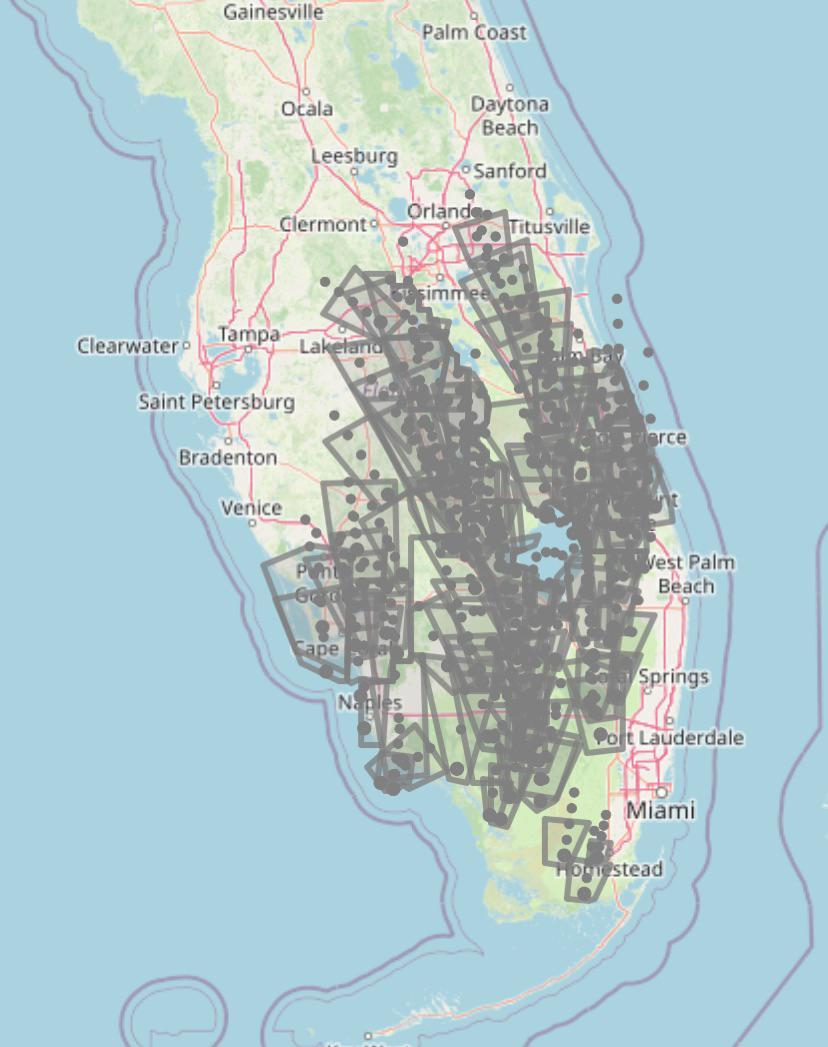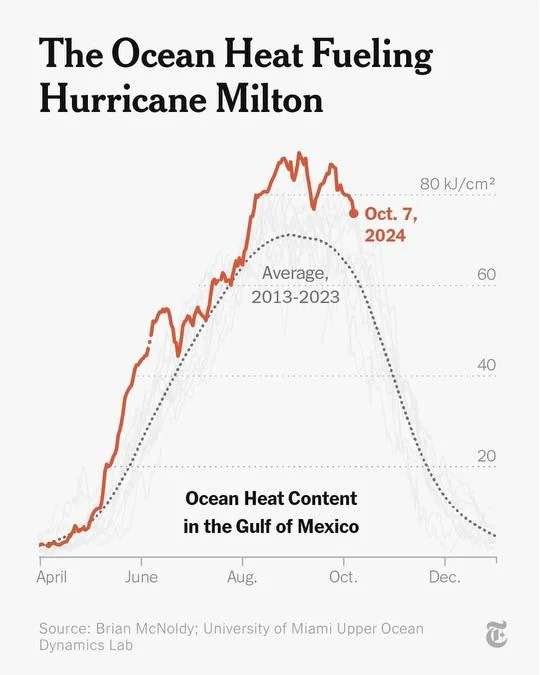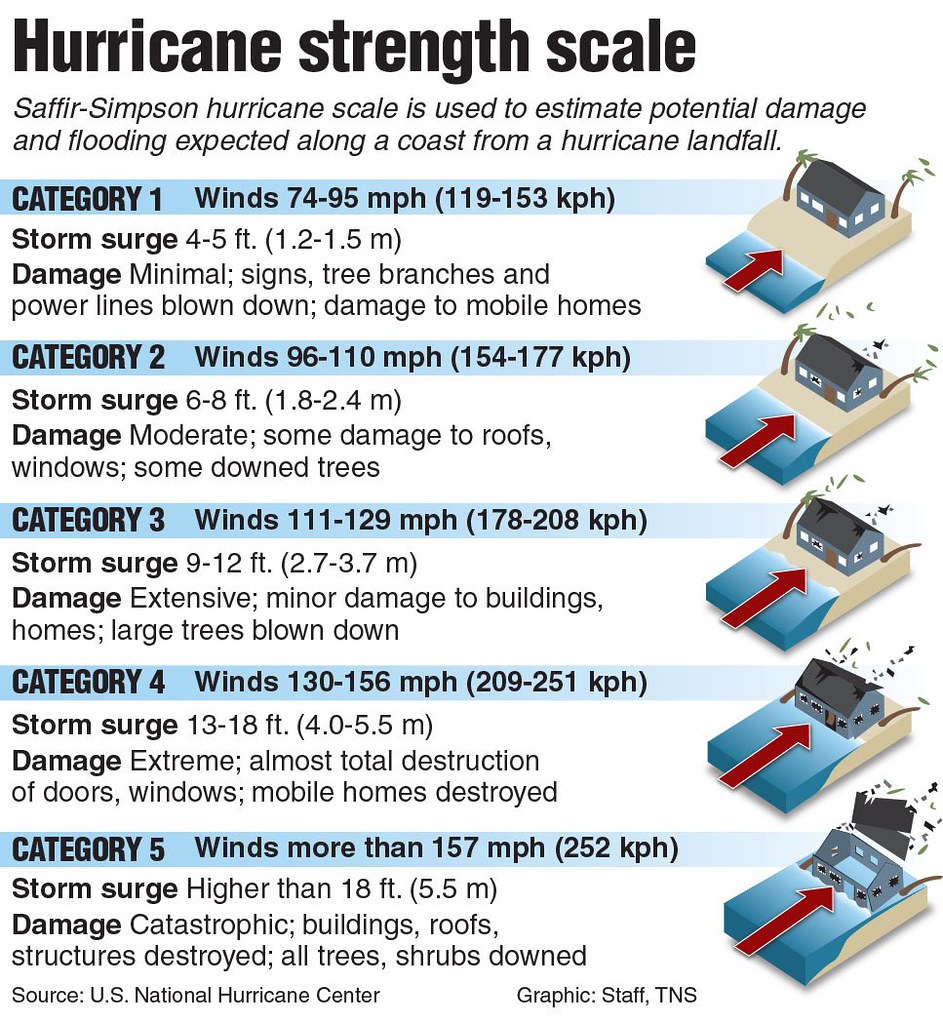34
67
36
12
38
33
42
13
India’s new mega-dam will roil lives downstream with wild swings in water flow every day
(theconversation.com)
46
60
47
45
48
45
California sees ‘winter wonderland’ in summer for first time in 20 years
(www.theguardian.com)
Earth, Environment, and Geosciences
1842 readers
2 users here now
Welcome to c/EarthScience @ Mander.xyz!
Notice Board
This is a work in progress, please don't mind the mess.
- 2023-06-13: We are looking for mods. Send a dm to @fossilesque@mander.xyz if interested!
What is geoscience?
Geoscience (also called Earth Science) is the study of Earth. Geoscience includes so much more than rocks and volcanoes, it studies the processes that form and shape Earth's surface, the natural resources we use, and how water and ecosystems are interconnected. Geoscience uses tools and techniques from other science fields as well, such as chemistry, physics, biology, and math! Read more...
Quick Facts
Rules
- Don't throw mud. Be kind and remember the human.
- Keep it rooted (on topic).
- No spam.
Jobs
Teaching Resources
Tools
- GitHub - RichardScottOZ/mineral-exploration-machine-learning: List of resources for mineral exploration and machine learning, generally with useful code and examples.
Climate
Similar Communities
- !openscience@lemmy.ml
- !reclamation@slrpnk.net
- !geology@lemmy.ca
- !geophysics@lemmy.ca
- !geologycareers@lemmy.ca
- !mining@lemmy.ca
Sister Communities
Science and Research
Biology and Life Sciences
- !anthropology@mander.xyz
- !microbiology@mander.xyz
- !biodiversity@mander.xyz
- !palaeoecology@mander.xyz
- !palaeontology@mander.xyz
Plants & Gardening
Physical Sciences
Humanities and Social Sciences
- !archaeology@mander.xyz
- !cooking@mander.xyz
- !folklore@mander.xyz
- !history@mander.xyz
- !old_maps@mander.xyz
Memes
founded 1 year ago
MODERATORS




